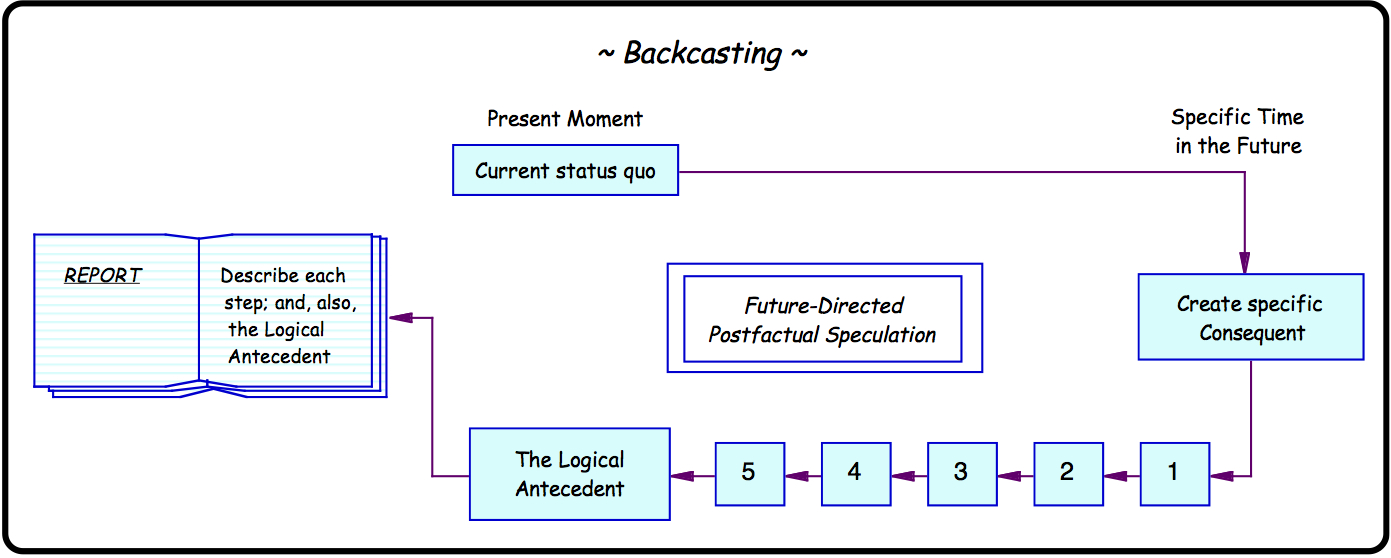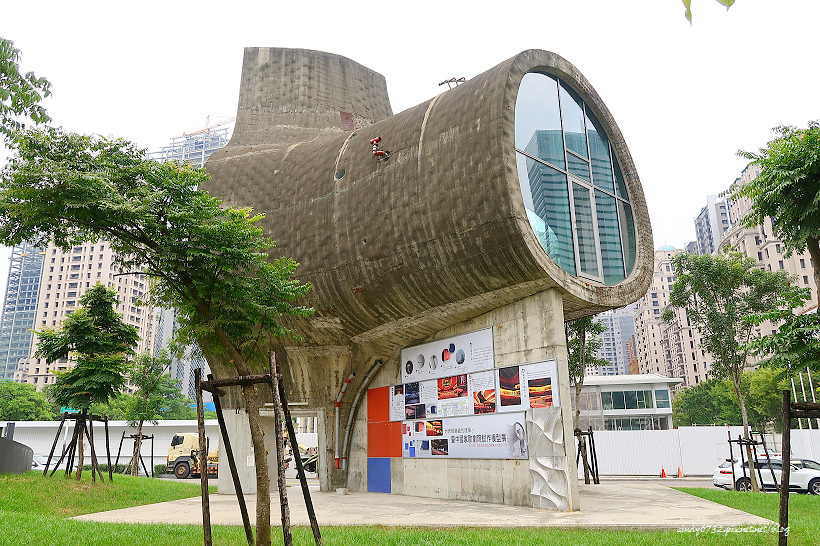中文計劃書資料: 可能世界理論
1. 可能主義實在論 (possiblist realism)
2. 真實主義再現論 (actualist representationism)
1. The universe of possible worlds is constantly expanding and diversifying
thanks to the incessant world-constructing activity of human minds and
hands. Literary fiction is probably the most active experimental
laboratory of the world-constructing enterprise. p. 69, SE
2.
As Lubomír Doležel writes in Heterocosmica: Fiction and Possible Worlds,
“Our actual world is surrounded by an infinity of other possible worlds.” p. 70, SE
4.
Although rarely discussed in design beyond the construction of
brand worlds and corporate future technology videos, there is a rich
body of theoretical work in other fields dealing with the idea of fictional
worlds. Probably the most abstract discussion is in philosophy where
differences between the many shades of real, fictional, possible, actual,
unreal, and imaginary are teased out. In social and political science the
focus is on modeling reality; in literary theory it is on the semantics of
the real and nonreal; in fine art, make-believe theory and fiction; in
game design, literal world creation; and even in science there are many
rich strands of discourse around fictionalism, useful fictions, model
organisms, and multiverses. For us, the key distinction is between
actual and fictional. Actual is part of the world we occupy whereas
fictional is not. p. 70, SE
5.
Speculating is based on imagination, the ability to literally (如實地) imagine
other worlds and alternatives.
6.
Possible worlds is a philosophical concept developed in the
latter twentieth century by the analytical school, including
philosophers Saul Kripke and David Lewis [34, 48] and
was later adopted by literary theorists [cf. 38, 22, 45].
Philosophically, possible worlds is an approach to the
problem of counterfactual statements in modal logic. For
example, Kripke asks what is the truth condition of the
statement that Sherlock Holmes “does not exist, but in other
states of affairs he would have existed” [31]; or this
counterfactual statement by Ryan [48], “if a couple hundred
more Florida voters had voted for Gore in 2000, the Iraq
war would not have happened.” In modal logic, the
question is how is each of these counterfactual statements
interpreted to be true or false. The philosopher David Lewis
who bridged analytical philosophy to literary theory [32]
offered the position that propositions like counterfactual
statements can be seen to be either true or false dependent
on in which worlds the statement is true and which worlds
the statement is false [34]. p. 100, MS
7.
A counterfactual is a virtual or
tangible artifact or system in design and HCI rather than
statement or text. Hence we refer to it as a counterfactual
artifact. The notion of an actual counterfactual is a
departure from Lewis’ criterion that possible worlds have
no spatial or temporal connections to the actual world—
they are remote. Yet, here we view this departure more
advantageously than negatively. p. 101, MS
8.
There is a productive and creative space at the boundary
between the actual and possible worlds, or the real and the
fictional. There are many examples from fiction in literary
texts, theatre or film where authors intentionally blur the
distinction between actual and possible worlds for its
creative possibilities. p. 101, MS
9.
In these cases, interactivity is the
counterfactual action that crosses the divide: fictional
characters are not supposed to interact with actual people or
in the actual world. In material speculation, it is making the
counterfactual into an actual artifact that crosses the divide
between the actual and possible worlds since, as we
discussed earlier (see Possible worlds theory),
counterfactuals are not supposed to exist in the same time
or place as the actual world. p. 101, MS
10.
In material speculation we can see the counterfactual
artifact as embodied propositions similar to propositions in
counterfactual statements in analytical philosophy. It is
helpful to think of the counterfactual artifacts as being
if…then statements as we discussed earlier (see Possible
worlds theory). In this sense, the counterfactual artifacts
trigger possible world reasoning that extends beyond them.
In other words, the possible world or fictional account is
not embodied fully in the counterfactual artifact rather it is
generated by interactors in the encounter or experience of
the counterfactual artifact. It is not a limitation that the
counterfactual artifact is of our actual world, rather it is this
very actuality that provokes or catalyzes speculation by
being at the boundary of the actual and the possible. p. 101, MS
EX (for students in possible world)
每個同學選讀愛因斯坦的夢一書的其中一個夢。
描述時間在此可能世界中的運作方式。
以可能主義者的實在論 (posssiblist realism) 的觀點,何謂可能主義者? 此者的觀點和立場為何? 其"實在"指的是甚麼?
以真實主義者的再現論(actualist representationism)的觀點,何謂真實主義者? 此者的觀點和立場為何? 其"再現"指的是甚麼?
EX2: (讀書摘句)
神經喚術士,天橋上魔術師,每本書摘錄至少五句最喜歡的句子(或段落)
deadline : 2021/10/18
參考書目:
1.
(SE) Speculative Everything
Dunne & Raby, 2013
2.











